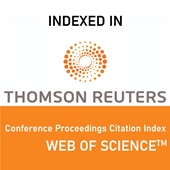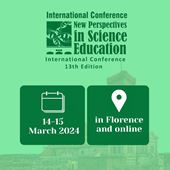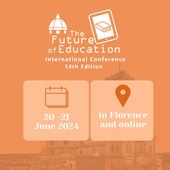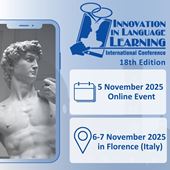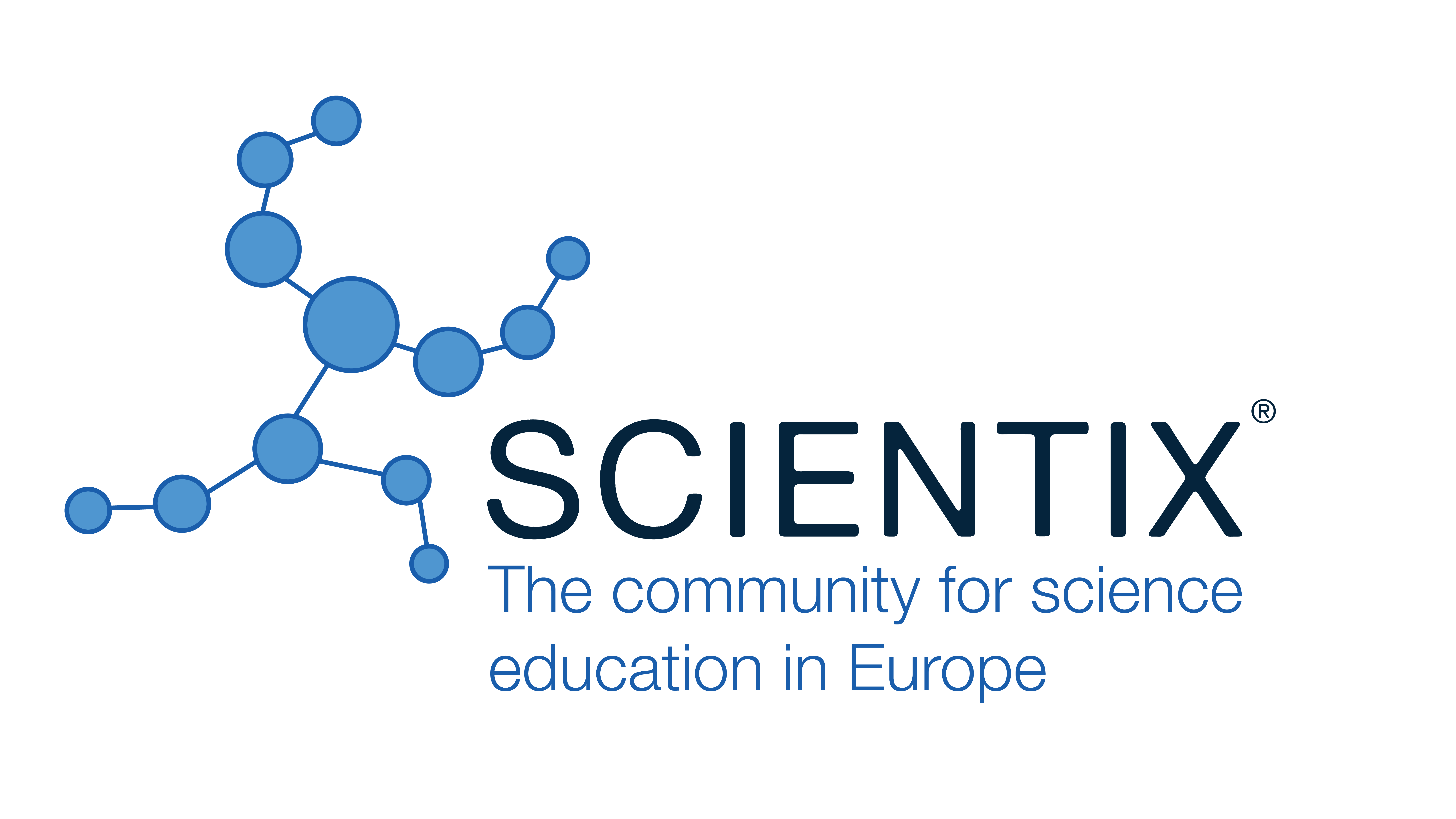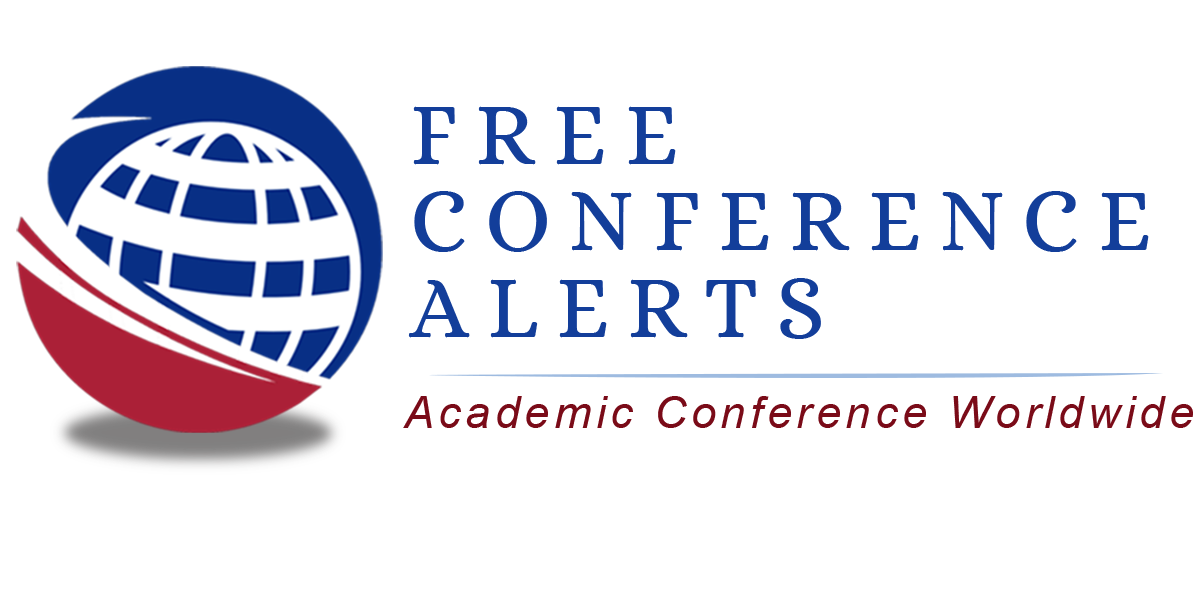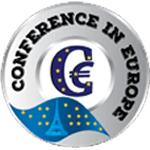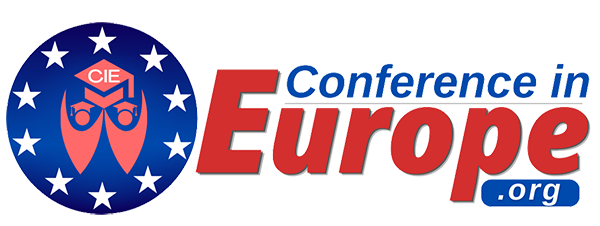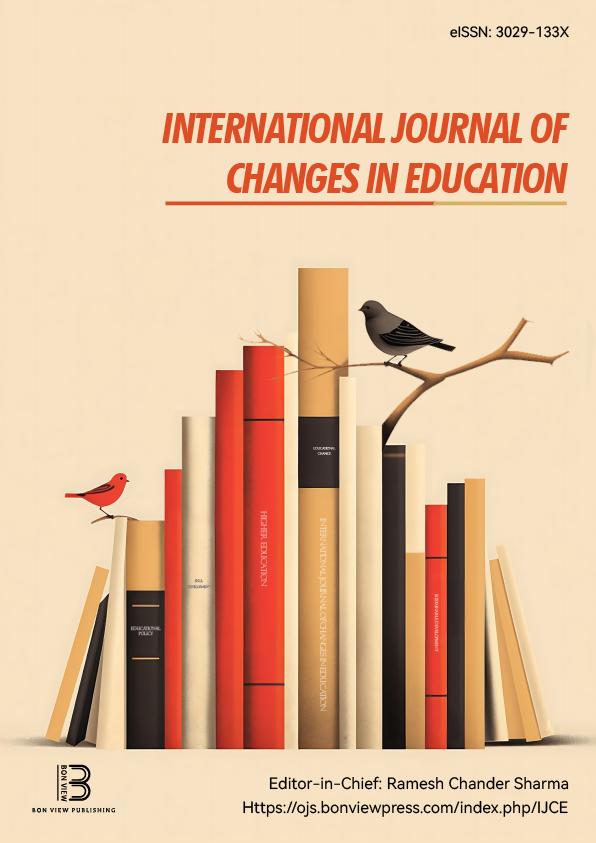The Role of Art in Second Language Acquisition and Identity Formation Through the Artist's Eyes: Navigating Language and Cultural Identity
Dr Hagit Arieli Chai, University of Southern California (United States)
Abstract
In the 21st century, learning a language extends beyond acquiring vocabulary and grammar; it entails gaining insight into culture and identity. Incorporating art into language instruction fosters a deeper understanding of cultural nuances, societal values, and personal narratives. This article explores the use of visual art as a dynamic pedagogical tool in language acquisition, drawing on teaching experiences from courses at the University of Southern California. It examines how masterpieces by renowned artists can serve as powerful resources for language learners, offering connections to cultural context, symbolism, historical insight, and emotional resonance. Viewing language learning through the lens of art creates a holistic and enriching experience that transcends the classroom. Through the works of artists such as Pissarro, Picasso, Kahlo, and Chagall, students are invited to engage with history, tradition, and world cultures while simultaneously supporting authentic second-language acquisition. This article reflects on how identity is shaped by a deep connection to heritage and by responses to personal and collective struggles—experiences vividly captured in visual expression. Art becomes both a celebration of life and a testament to resilience in the face of persecution and adversity. Artists like Pissarro, Picasso, Kahlo, and Chagall used their work to construct and express identity, transforming personal experience into powerful, timeless creations that speak to universal emotions and historical realities. Representation on semiotics, cultural theory, and visual studies, this article positions painting not only as a reflection of reality, but as a generative site of knowledge production and cultural competence.
Keywords: Identity, symbolism, heritage, language acquisition, visual art
REFERENCES
[1] Harshav, B. (1994). The role of language in modern art: On texts and subtexts in Chagall's paintings. Modernism/Modernity, 1(2), 51–87.
[2] Darvin, R., & Norton, B. (2015). Identity and a model of investment in applied linguistics. Annual review of applied linguistics, 35, 36-56.
[3] Kramsch, C. (2014). Teaching foreign languages in an era of globalization: Introduction. The Modern Language Journal, 98(1), 296–311
[4] Meyer, K. S. (2010). The influence of folk art and the rise of nationalism in Mexican art of the post-revolutionary period (Honors thesis, University of Mississippi). Honors Theses, 1190.
Topics: Language Teaching Strategies, Engagement in Language Learning, Studies on Language Learning.
 Innovation in Language Learning
Innovation in Language Learning
